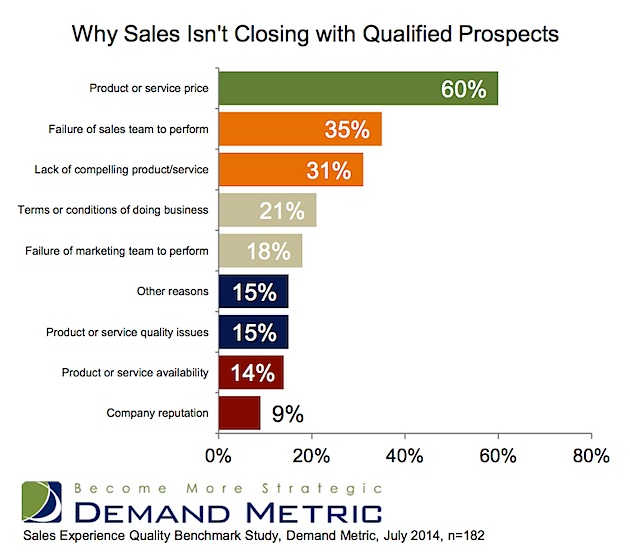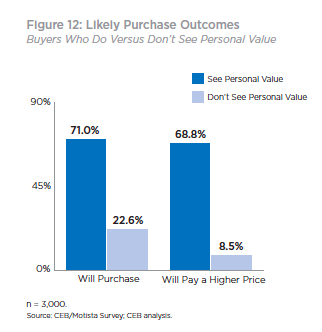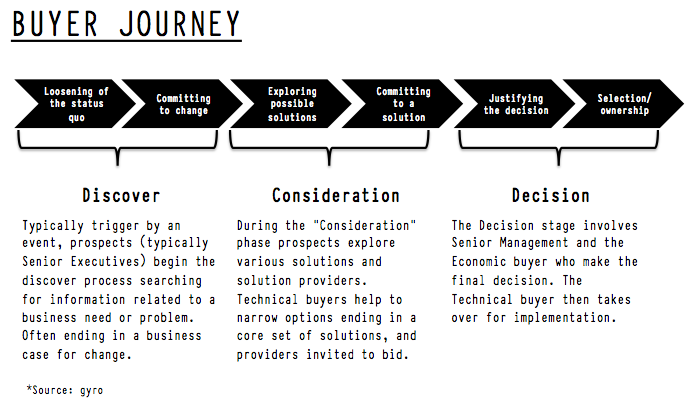For business, this is turning out to be the “year of the human.” Andy Goldberg, global creative director at GE, said in an interview with Advertising Age about marketing trends in 2015: “We need B-to-B to be more human.” Karen Walkers, SVP of marketing at Cisco, went ever further by saying, “Devotion to brands begins and ends with an emotional connection. Buyers are people, people are humans and humans are emotional beings.”
Why this sudden awakening of humanity in tech marketing? The recognition that business decision makers are also people with emotional needs? Well, the answer might surprise you, and it’s based on a good bit of data and research.
The CEB (formerly Corporate Executive Board) first picked up on this trend in their research that found communicating business value (functional benefits of a product or service) was not differentiating because perceptions on that value h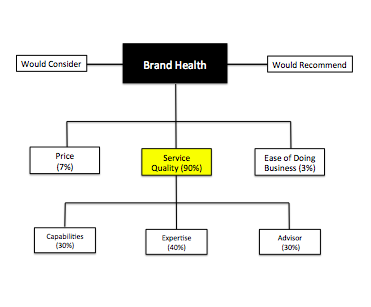 ardly varied between brands.
ardly varied between brands.
For example, a recent brand health study for a tech client found that 90 percent of their brand health (defined by a willingness to recommend and consider) was driven by service quality. Service quality made up 90 percent of the attributes in the graphic.
The smart marketer would think that in order to improve our brand health, we should increase our focus and communication for the performance attributes related to service quality. And they would be right, except for the fact that those business value drivers also apply to all competitors in the category, which is apparent in the graphic below:
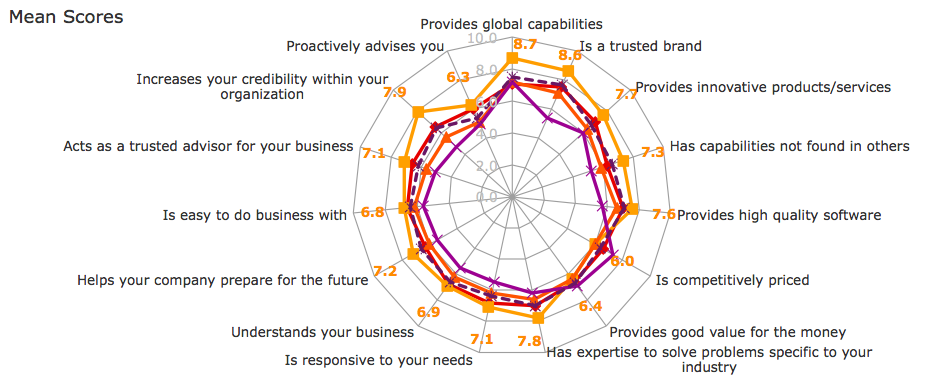
Each color line represents how a competitor scored on performance attributes under capabilities, expertise and strategic advisors. It is almost impossible to distinguish between the five companies represented (except for the competitor in orange, which also happens to have a leading share of market, mind and voice).
What is clear from the research is that rational purchase drivers that communicate business value, although important, are nothing more than “table stakes.” So what creates separation?
The answer: An organization’s ability to build and communicate value based on the understanding of the risk/reward dynamic involved with a purchase decision. The reason: There is a direct correlation between the level of risk and the emotional involvement of the buyer. The higher the risk, the more emotions play a role. Technology purchases are a particularly high risk because they support critical functions within an organization from payroll to customer communications and more.
As a result, personas need to go deeper into understanding the emotional state of buyers as they go through the buying process. Marketers should map the mental state before, during and after the purchase decision, noting the emotions that buyers might be feeling at that time. Here are some key questions to consider as you go through this process:
- What challenge(s) does this purchase decision present for the buyer? It will defer if the buyer is new versus existing. As a marketer, it’s crucial to know how it’s different.
- What personal risks are at stake for this decision maker? Could they lose their job if they make the wrong decision? Invest in understanding their role and their challenges.
- What are the personal rewards for the buyer? Consider how the decision will pay off for them personally. Most often this will be career oriented, but not always.
It’s also important to note that buyers will already have preconceived feelings towards your brand. This may be a benefit or another hurdle to overcome. Our research in partnership with the FORTUNE Knowledge Group found that nearly two thirds of C-level executives said they believe subjective factors that can’t be quantified (including company culture and corporate values) increasingly make a difference when evaluating competing proposals. Only 16 percent disagree. Furthermore, 70 percent believe that a company’s reputation is the most influential factor when deciding what company to do business with.
Buyers trust their gut to make the right decision based on how they feel about a product and/or brand more than we think (and definitely more than we communicate). They make purchase decisions based on emotions, and then justify them with the business value drivers. It’s the emotional connection that triggers the decision and feature/functionality to support it, not the other way around.
What company does this best? It’s Cisco. Research has shown that they are the most emotionally connected customers. Not surprisingly, as Karen Walkers points out, Cisco recognizes that buyers are not just decision makers with budgets, but rather people who are emotional beings.
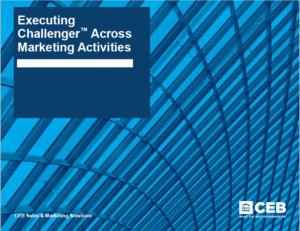 Pat and I shared our key learnings on executing Challenger across a multitude of marketing activities: customer understanding, marketing messaging, content strategy development, content and sales tool production, and lead generation.
Pat and I shared our key learnings on executing Challenger across a multitude of marketing activities: customer understanding, marketing messaging, content strategy development, content and sales tool production, and lead generation.


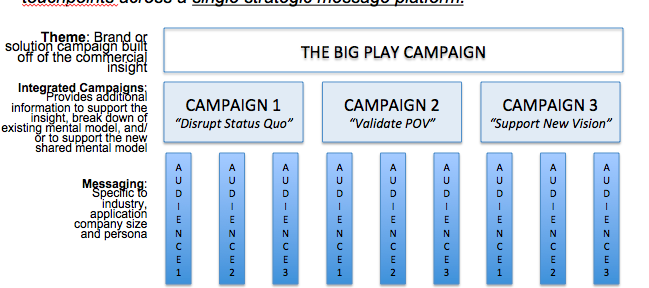
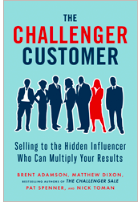 The issue, according to CEB’s research underpinning their new book
The issue, according to CEB’s research underpinning their new book 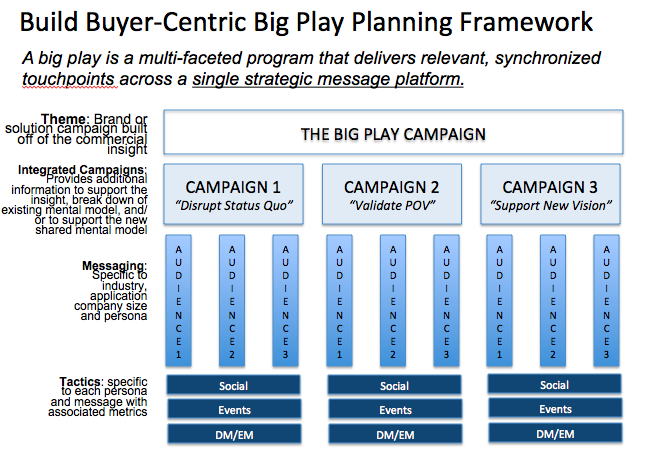

 ardly varied between brands.
ardly varied between brands.

